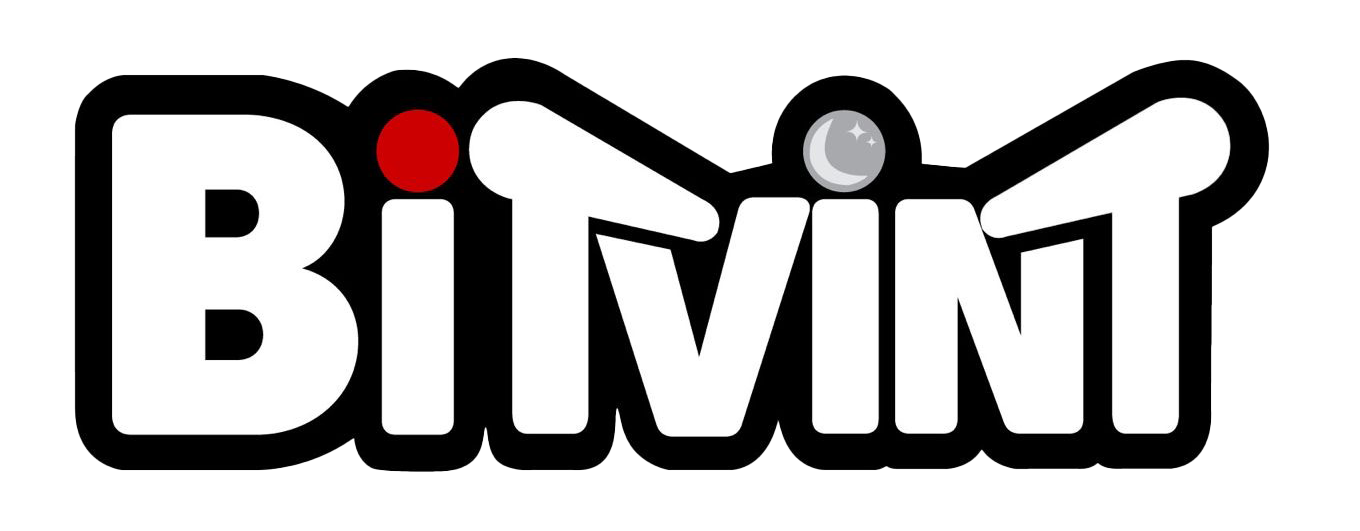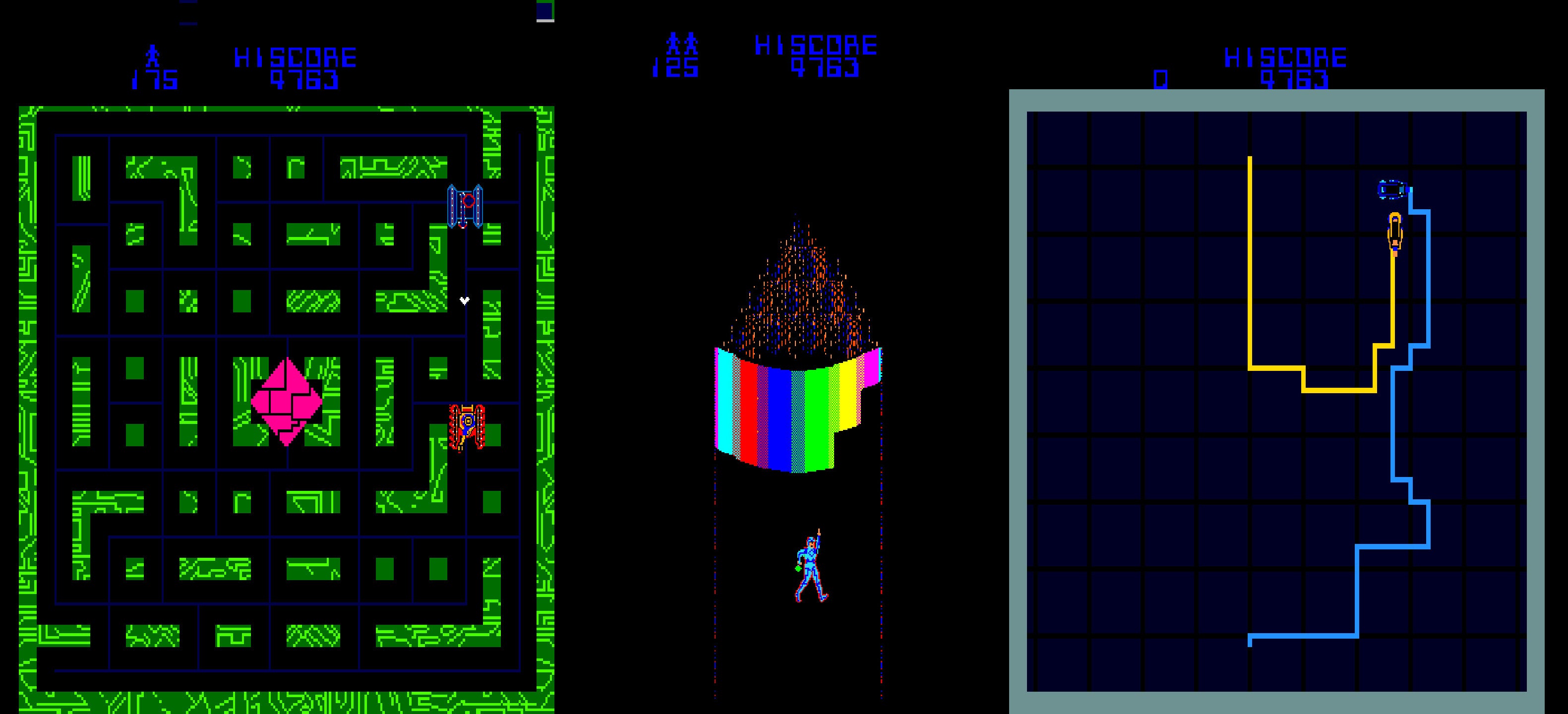Introduction
Released in 1982 by Bally Midway, Tron is a classic arcade game inspired by the groundbreaking Disney movie of the same name. Known for its innovative gameplay, vibrant vector-based graphics, and futuristic aesthetic, Tron quickly became a hit in arcades, captivating players with its unique blend of action, puzzle-solving, and light-cycle racing. Featuring a variety of mini-games, Tron offered an immersive experience that pushed the boundaries of what arcade games could accomplish. Today, it remains a beloved title, remembered not just for its iconic gameplay but also for its cultural impact as one of the first video games to be inspired by a major motion picture.
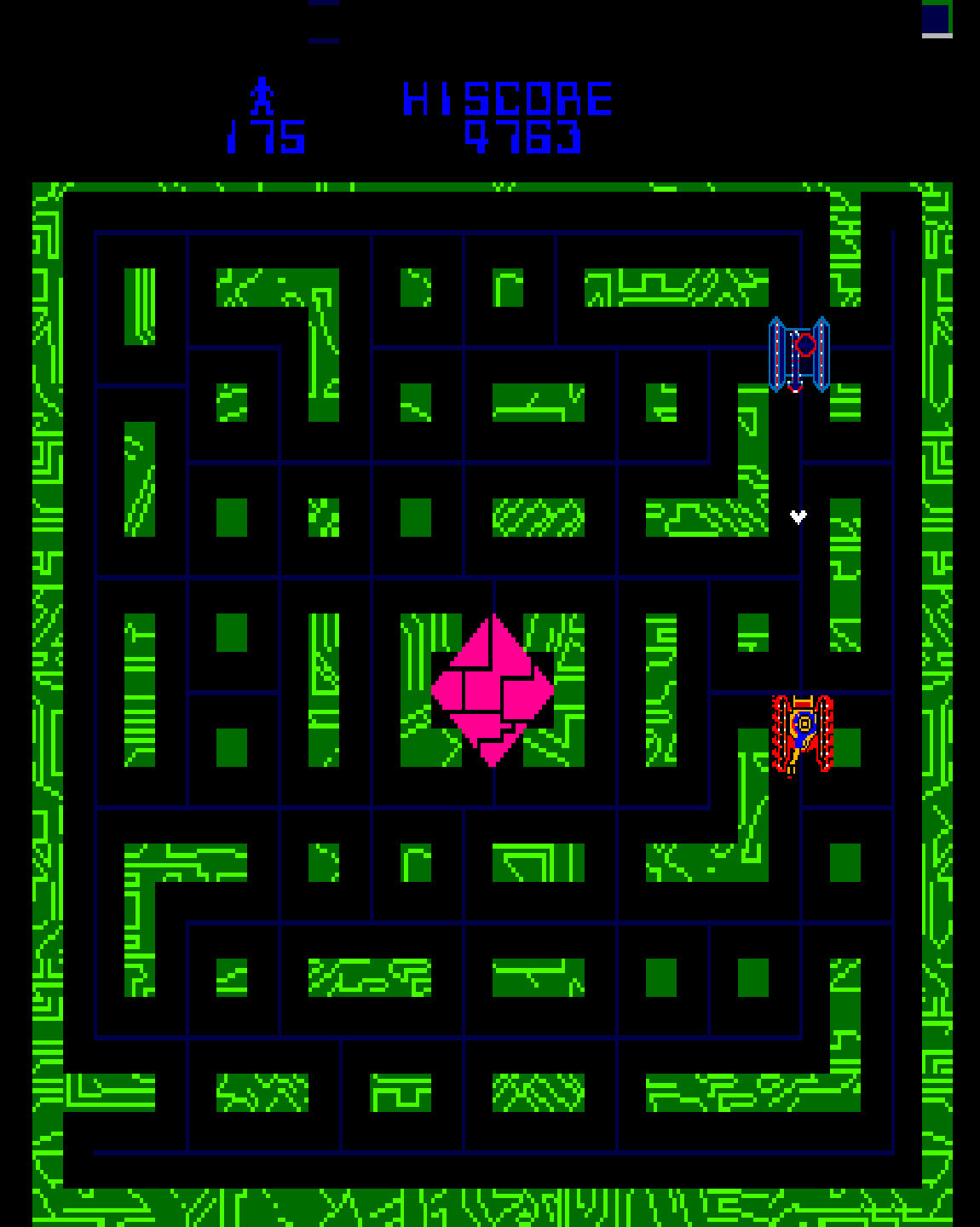
History and Development
Tron was developed by Bally Midway and released in the wake of the success of the Tron film, which was a revolutionary movie for its use of computer graphics and special effects. The game was designed by Dave Theurer, who had also worked on Missile Command and Tempest, both of which were revolutionary arcade games in their own right.
The game’s development was a collaboration between Bally Midway and Disney, with the goal of capturing the film's digital world and translating it into an interactive arcade experience. The game stood out for its cutting-edge use of vector graphics, which allowed for sharp lines and vibrant colors that made it stand out from other arcade titles at the time. The multiple mini-games within Tron offered players different types of challenges, from light-cycle racing to battling enemy tanks, each with its own unique mechanics.
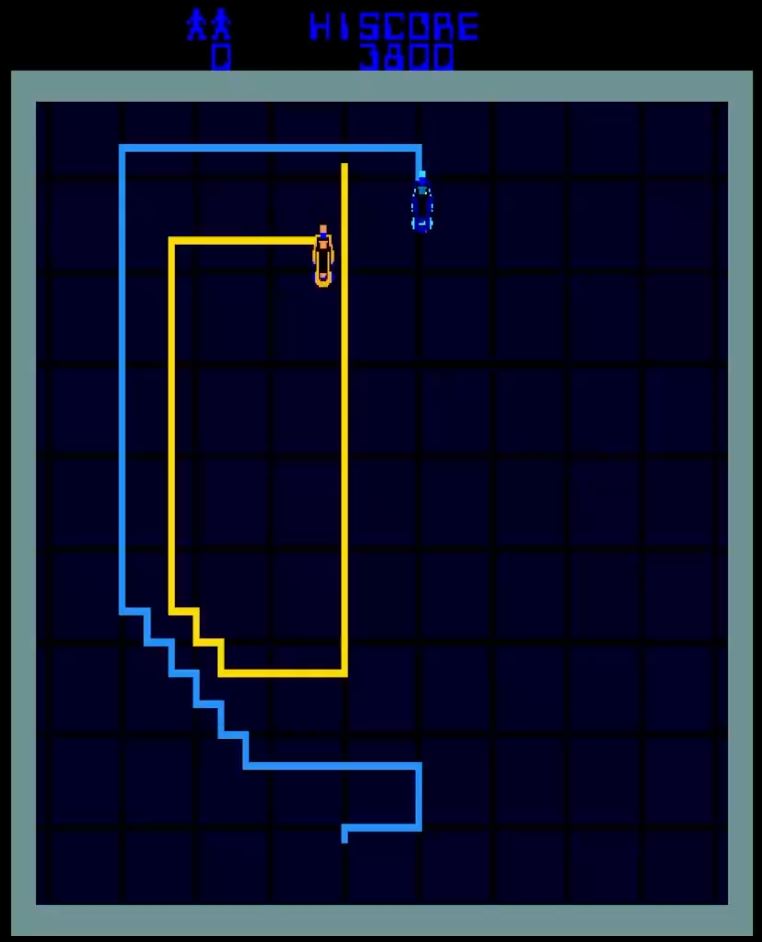
Video on History of Tron
Gameplay and Objectives
Tron is divided into multiple levels, each with a different mini-game. Players take on the role of the protagonist, Tron, and navigate through the digital world to fight against the evil Master Control Program (MCP) and free the system. The gameplay consists of different challenges that test the player’s skills in combat, racing, and puzzle-solving.
Key Gameplay Features:
- Light Cycle (Cycle Chase): One of the most iconic mini-games in Tron, the Light Cycle stage is a high-speed, strategy-based race where players control a light-cycle that leaves a trail behind it. Players must trap their opponent within the trails of their own light-cycle while avoiding crashing into walls and other obstacles.
- Tank Battle: In this stage, players control a tank and battle enemy tanks while avoiding being hit by their projectiles. This stage involves quick reflexes and strategic movement, as the player must destroy enemies while avoiding their fire.
- MCP Cone: In this stage, players must avoid enemies and obstacles while trying to destroy the MCP’s cone-like structure. The objective is to destroy the MCP without being hit by enemy fire.
- Bit Battles: Players battle against smaller enemies, referred to as Bits, that move in a grid-based pattern. The goal is to avoid being surrounded and defeat the enemies to progress.
- Energy Tanks: In this stage, Tron collects energy from various tanks in a series of maze-like levels. The player must navigate through the maze while avoiding obstacles and collecting energy to advance to the next level.
Tip for Players: Timing and positioning are critical in the Light Cycle race and Tank Battle stages. Be patient, wait for the right moment to trap or attack enemies, and avoid getting cornered.
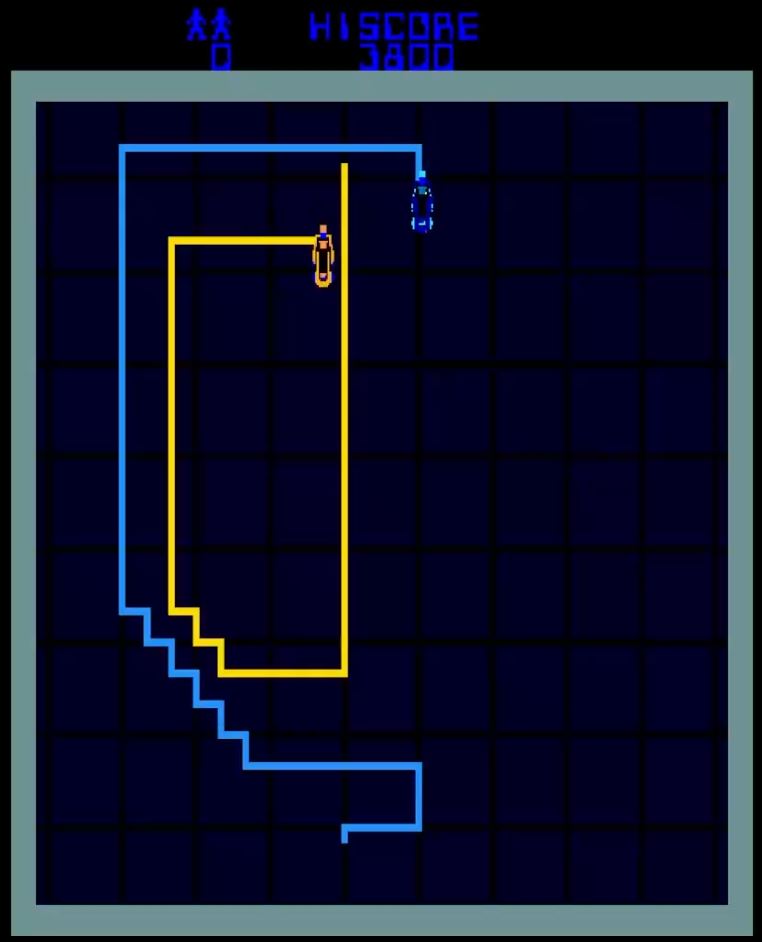
Tron: The Digital Revolution and Public Reception
Upon its release in 1982, Tron was met with both excitement and curiosity from the public. Inspired by the groundbreaking film, the arcade game quickly gained popularity for its unique gameplay and captivating visual design. It became a beloved classic, leaving an enduring legacy in the world of retro gaming.
Unique Features and Gameplay Mechanics
Tron was a unique game for its time, offering a blend of action, strategy, and puzzle-solving that was different from other arcade titles. Its distinctive gameplay mechanics and the use of vector graphics made it stand out from the rest of the arcade landscape.
Key Innovations:
- Vector Graphics: Tron used vector graphics, which gave the game its sleek, sharp look with colorful neon-style visuals that stood out from the traditional raster graphics seen in other games of the time.
- Multiple Mini-Games: Unlike most arcade games that followed a single gameplay style, Tron featured several distinct mini-games, each with its own set of mechanics, adding variety and depth to the gameplay experience.
- Thematic Design: The game’s design, from the bright neon-colored graphics to the futuristic soundtrack, was heavily inspired by the digital world of the movie, immersing players in a unique and engaging universe.
- Multi-Stage Challenge: Players are challenged across various stages, each requiring different skills—ranging from reflex-based tasks (such as the Light Cycle and Tank Battle) to puzzle-solving (such as navigating the Bit Battles and MCP Cone stages). This mix of gameplay types kept players engaged and encouraged them to master different skills.
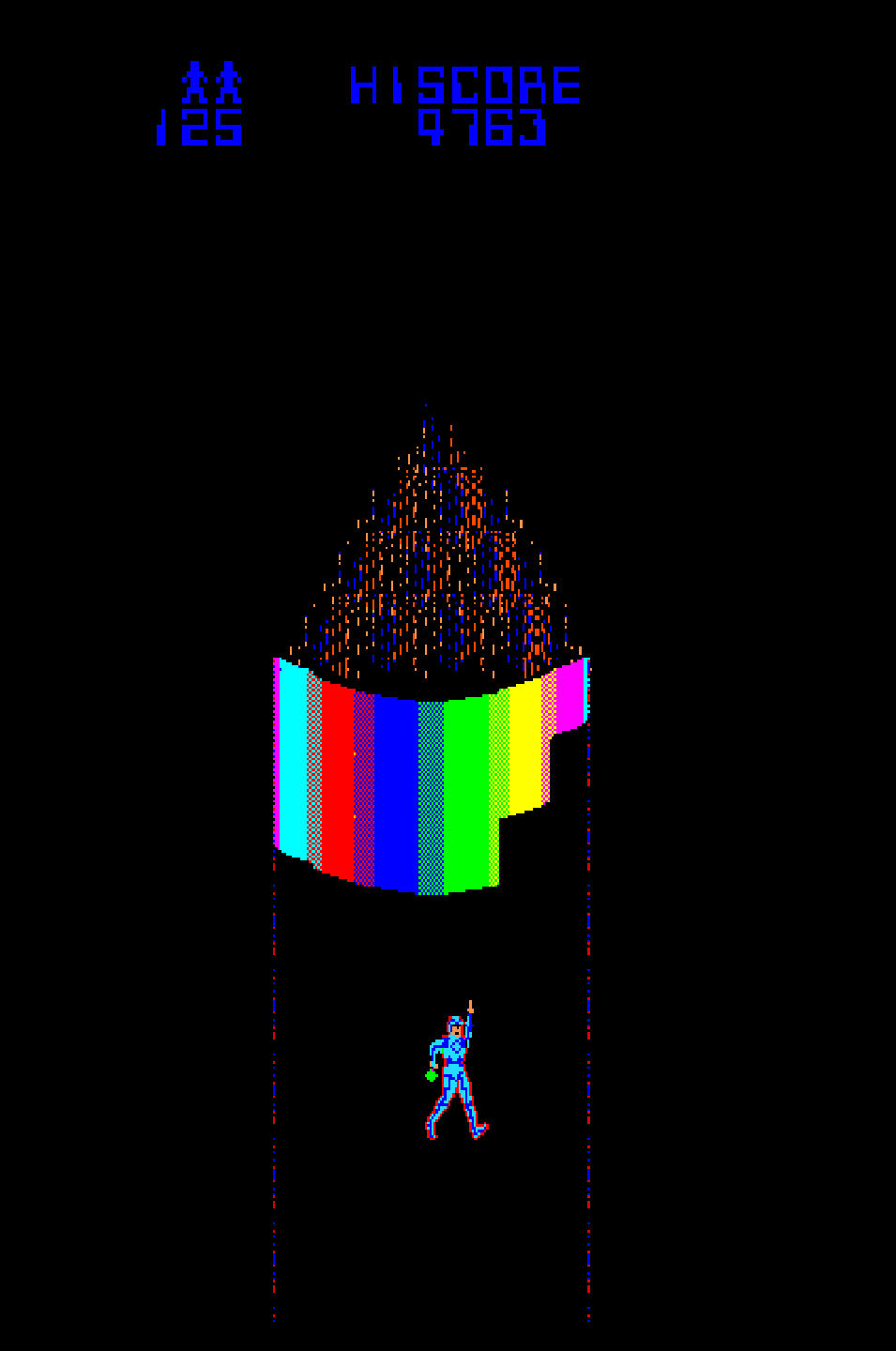
Strategies for High Scores
- Master the Light Cycle Stage: In the Light Cycle game, one key strategy is to use the walls of the arena to trap your opponent. Don't rush; instead, anticipate their movements and cut them off with your trail.
- Time Your Shots in Tank Battle: In the Tank Battle, it's important to anticipate enemy tank movement and fire at the right moment. Position yourself in the most advantageous spot to avoid enemy shots while attacking.
- Avoid the Bits in Grid Mode: In the Bit Battles, your primary goal is to avoid getting surrounded. Try to move around the grid strategically to corner your enemies instead of being cornered.
- Use Power-Ups: In certain stages, energy tanks and other power-ups will appear. Use these strategically to gain an advantage over enemies and enhance your performance.
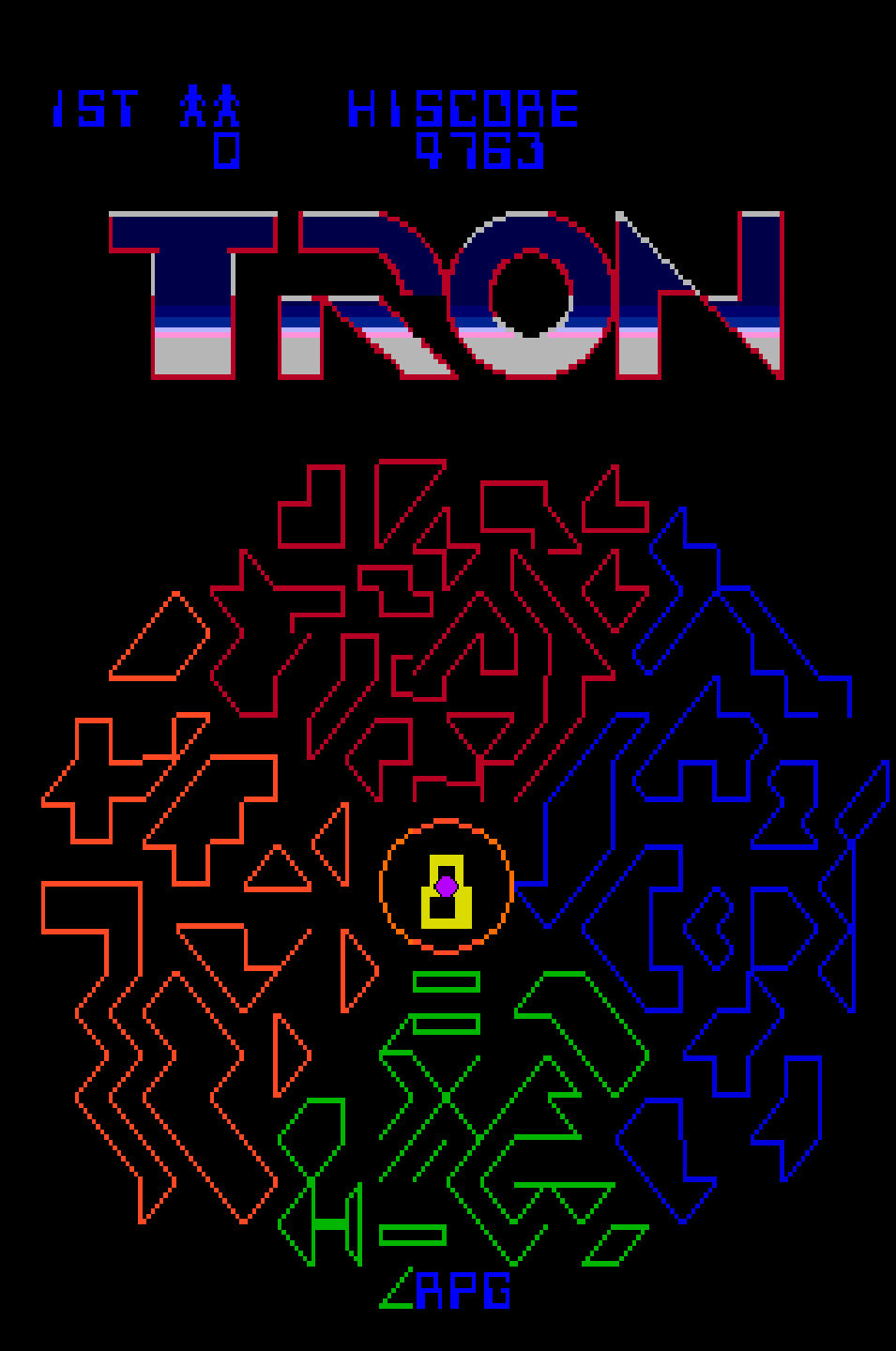
Legacy and Player Reception
Tron became an instant classic in arcades, recognized for its innovative use of graphics and gameplay. While the game was not as commercially successful as other arcade hits of its time, its legacy has endured. It stands out as one of the earliest examples of a video game based on a film and is frequently cited as a pioneer in arcade gaming for its multiple gameplay styles and its use of vector graphics.
Community Feedback:
- Players Appreciate: The variety of gameplay, the iconic Light Cycle race, and the immersive digital world that felt like stepping into the movie. The innovative mechanics and visual design were ahead of their time.
- Critics Note: Some players found certain stages repetitive or challenging due to the steep difficulty curve. However, the game's complexity and multi-stage gameplay kept many coming back for more.

Tron Gameplay Video
Fun Facts
- Movie Tie-In: Tron was one of the first video games based directly on a movie, marking the beginning of many other movie-inspired video games in the years to come.
- Iconic Soundtrack: The game’s electronic, synthesizer-heavy soundtrack became one of its most memorable features, adding to the futuristic atmosphere of the game.
- Port Versions: Tron was eventually ported to multiple home consoles, including the Atari 2600 and Commodore 64, bringing its unique gameplay to a broader audience.
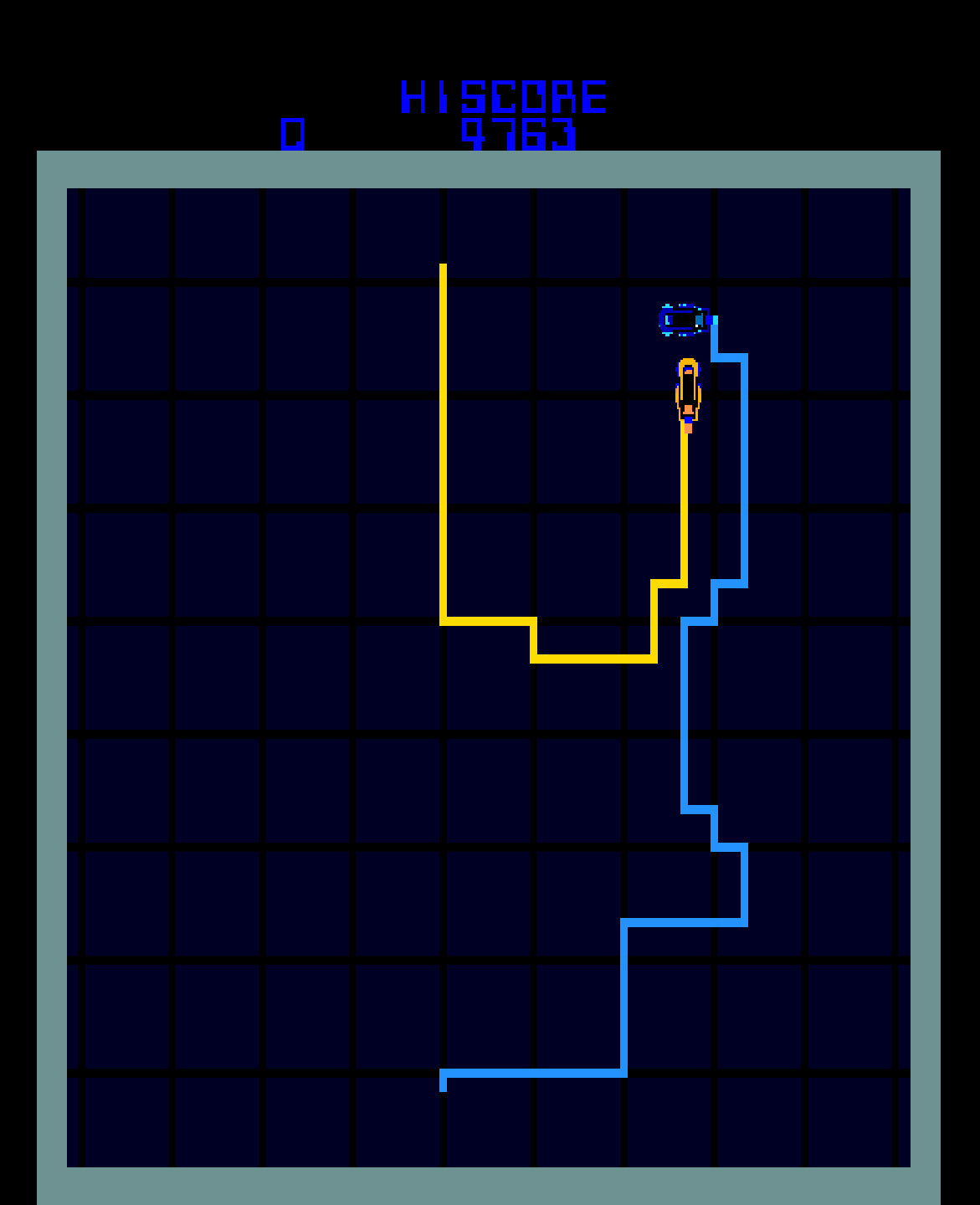
Conclusion
Tron remains a standout arcade classic that was ahead of its time, thanks to its innovative use of vector graphics, engaging gameplay, and memorable soundtrack. Whether you're a retro gamer revisiting the game or a newcomer discovering it for the first time, Tron offers a unique, futuristic experience that continues to resonate with players decades after its release.
Explore More
Love arcade classics? Check out our guides on Tempest, Asteroids, and Space Invaders to explore more iconic games that defined the golden age of arcades!
Questions you might have:
What is Tron?
Tron arcade is a classic video game released in 1982 by Bally Midway. It's based on Disney's Tron movie and features gameplay that immerses players in the digital world.
How does the Tron arcade game relate to the Tron movie?
The Tron arcade game is inspired by the movie and recreates the film's iconic light cycle battles and tank warfare within a computer system.
What is the objective of the Tron arcade game?
The main objective is to defeat opponents in light cycle and tank battles while avoiding collisions with walls and enemy trails.
Who are the characters in the Tron arcade game?
In Tron, you are the protagonist, controlling either a light cycle or a tank to engage in battles within the computer's digital realm.
Are there any notable adaptations or ports of Tron arcade?
Tron has been adapted to various home gaming platforms and is available through emulators. It's also featured in retro game collections.
Is Tron still playable today?
Yes, Tron can still be enjoyed today through various means, including emulators and retro gaming collections. Some arcades may also have original Tron cabinets for enthusiasts.
